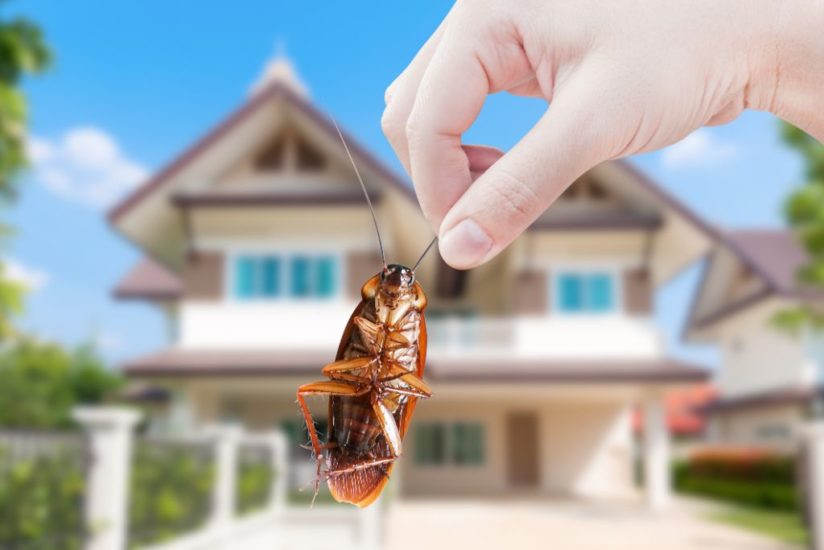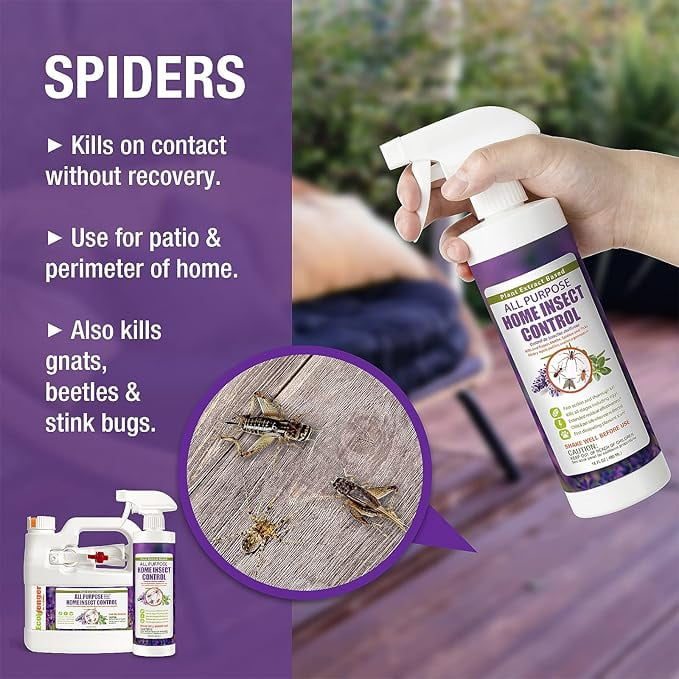Pestwise Fundamentals Explained
Pestwise Fundamentals Explained
Blog Article
Pestwise Things To Know Before You Buy
Table of ContentsNot known Details About Pestwise Not known Facts About PestwiseThe 25-Second Trick For PestwisePestwise Things To Know Before You Get ThisThe 10-Minute Rule for PestwiseGetting The Pestwise To WorkThe Of PestwiseIndicators on Pestwise You Need To KnowThe Buzz on Pestwise
Various other kinds of cleanliness that help prevent bug spread include making use of pest-free seeds or transplants and decontaminating equipment, pets, and other feasible carriers prior to enabling them to enter a pest-free location or leave a plagued location. The proper design of food-handling locations can minimize gain access to and shelter for several bugs.Some chemicals either attract or fend off parasites. Chemicals that regulate plant development or remove vegetation also are classified as chemicals. Chemicals are typically the fastest means to manage pests. In lots of instances, they are the only method readily available. Sometimes you might find that despite the fact that you used a pesticide, the pest has actually not been managed.
Chemicals stop working to control some parasites because the insects are resistant to the chemicals. Consider this when preparing pest control programs that count on the use of chemicals.
4 Simple Techniques For Pestwise
Others withstand its effects. Insects that are not ruined might pass along to their spawn the attribute that allowed them to survive. When one pesticide is used repetitively in the same location, versus the exact same bug, the surviving pest populace might be extra immune to the chemical than the original populace was.
(https://gravatar.com/softlybluebirdef96a2740e)Revolving pesticides might aid lower the growth of bug resistance. Not every pesticide failure is caused by parasite resistance.
Various other applications fall short since the pesticide was not used at a proper time - the parasite may not have been in the area throughout the application or it might have remained in a life cycle stage or area where it was not at risk to the pesticide. Remember that the parasites that are present might be component of a new invasion that developed after the chemical was used.
What Does Pestwise Do?
Use of threshold details can boost your bug control strategy by assisting you choose concerning when to begin control techniques. Q. Define parasite tracking and describe just how it can be important to pest control method. A. Surveillance is checking or hunting for parasites in an area to establish what insects are existing, the number of of each kind of pest are in the area, and just how much damages they are creating.
Q. Define "integrated insect administration" (IPM) and list numerous feasible control strategies that may be used in an IPM approach. A. Integrated parasite management is the integrating of appropriate insect control techniques right into a solitary strategy to lower parasites and their damage to an acceptable level. Bug control methods may include: host resistance, biological control, social control, mechanical control, cleanliness, and chemical (chemical) control.
The smart Trick of Pestwise That Nobody is Discussing
What can you do to maintain the bugs you are trying to regulate from ending up being immune to the chemicals you use? A. Pest resistance can be reduced by making use of incorporated pest monitoring and turning the kinds of chemicals used.
Bugs are a crucial risk to the farming company, and incorporated bug monitoring helps growers address and alleviate these dangers. Integrated pest administration utilizes several approaches in facility, therefore being a much more effective service to the issue. Particularly, removing aggressive chemical techniques enables minimizing harm to people and the setting by utilizing all-natural and safer alternatives instead.
Pestwise - The Facts
The goal of incorporated bug management is to lessen this injury and control acceptable infestation levels as opposed to remove all undesired populaces. This is why it is very important to understand what actions are justified in each situation and usage hostile ones only when various other incorporated monitoring methods do not function. Integrated management minimizes the adverse effects of a non-IPM approach, and the major benefits of IPM Advantages of IPM.
A right understanding of the problem range establishes if the problem needs to be addressed (Pest Control Services). are the following components of an IPM program because it is necessary to realize if the organisms make potential threats and select the incorporated administration choices or the certain chemical use. plan to lower invasions by using different agronomic techniques
Excitement About Pestwise
Integrated management alternatives in an IPM program begin with much safer to extra hostile ones. The prior incorporated monitoring elements assist comprehend exactly how to prepare and implement an IPM program step by step: Display your crops routinely.

Examine This Report on Pestwise
To name a few, IPM social approaches include the adhering to area management techniques: dirt treatment; option of appropriate plants; crop turning; interplanting or strip cropping; choice of growing dates; weed control; use trap plants. Beneficial dirt problems accelerate plant development, and energetic crops are extra immune to infestations. In incorporated bug management, dirt testing helps recognize if the field appropriates for the manufacturing of this or that crop, and after that use the lacking nutrients to make sure plant healthy growth.
No-till techniques aid protect against soil erosion, adding to lasting farming. When tilling is essential, it is recommended to perform it in the autumn to subject them to natural adversaries and extreme weather. Healthy and balanced seedlings and seeds predetermine effective plant growth, so it is essential to pick pest-free planting product with strong roots.
, which is likewise made use of in the incorporated bug administration system. Alternatively, invasions boost when plants of the exact same plant kind or household grow together.
How Pestwise can Save You Time, Stress, and Money.
Likewise, potato beetles can harm growing potatoes, in addition to tomatoes. Growing trap plants in spots is one more option for IPM intercropping. This integrated parasite monitoring approach suggests bring in bugs to particular plants and then controlling them with chemical or mechanical methods. Specifically, you can expand soybeans as trap plants for Japanese beetles.
Barriers are typical examples of physical IPM approaches. Fully grown insects or their eggs and larvae are gathered by hand and damaged.
Facts About Pestwise Uncovered
Barriers will be of no use, and the situation will certainly require an additional incorporated monitoring solution. In integrated management practices, cutting plagued plant parts can be efficient when the damage is permanent or plant illness has no therapy. Raking assists handle invasions mechanically or move them to the earth's surface to be destroyed by predators (e.g., birds).
Department of Plant Sciences. College of Missouri. Dirt solarization is an effective integrated management technique to sanitize the field by warming it in an all-natural method. This integrated administration technique indicates a common means of damaging parasites by killers, parasitoids, microorganisms, and various other organic control agents (aka antagonistic microorganisms) - Bed Bug Treatment. The function of biological control in IPM is to.

Report this page